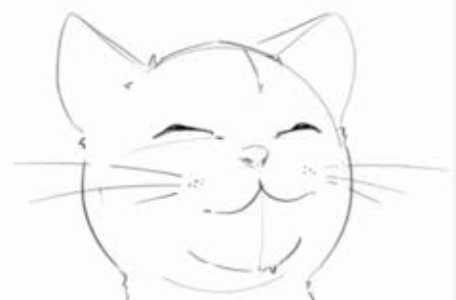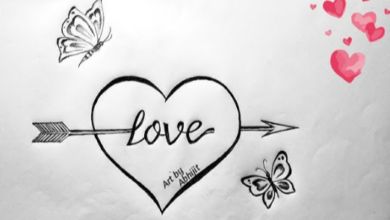Drawing:Djnm7bfefze= Cat

Welcome to a captivating journey into the art of drawing cats. In this exploration of feline grace and charm, we delve into the nuances of cat anatomy, master the intricate textures of fur, and learn to capture the soulful depth of expressive eyes.
From the delicate whiskers that frame each whisker to the smallest details that bring a drawing to life, this guide is a gateway to unleashing your artistic freedom. Whether you are a seasoned artist seeking new challenges or a novice eager to embrace the world of drawing, ‘Drawing:Djnm7bfefze= Cat’ offers a comprehensive roadmap to honing your skills and creating stunning portrayals of these enigmatic creatures.
Understanding Cat Anatomy
The Drawing:Djnm7bfefze= Cat anatomy is a complex and fascinating subject that plays a crucial role in understanding their behavior and health. Their skeletal structure and muscle placement determine agility and strength, while tail movement and ear positioning are key indicators of mood.
Studying these aspects enables a deeper connection with feline companions, enhancing the freedom to interpret their signals accurately and respond appropriately to their needs.
see also: Fanart:Cxr_I5selwa= Jax
Mastering Fur Textures
Exploring the intricate patterns and textures of feline fur enhances an artist’s ability to capture the essence of a cat through detailed and realistic depictions.
Mastering fur textures involves utilizing realistic shading techniques and fur layering to create depth.
Understanding how to replicate different fur patterns accurately is key to achieving a lifelike representation of a cat’s coat.
Practice and observation are essential in perfecting these techniques.
Capturing Expressive Eyes
Continuing from the techniques of mastering fur textures, capturing expressive eyes on a cat drawing demands meticulous attention to detail and a deep understanding of feline anatomy.
The eyes are the windows to the soul, creating emotion in realistic portraits. To achieve this, study the shape, size, and positioning of a cat’s eyes.
Utilize shading and highlighting techniques to convey depth and emotion, bringing your feline subject to life on paper.
Adding Whiskers and Details
Adding whiskers and details to your cat drawing enhances the overall realism and character of your feline subject. Pay attention to whisker placement, ensuring they flow naturally from the cat’s muzzle.
Incorporate fur shading techniques to add depth and dimension to the drawing. Adding fine details like whiskers and fur textures can help define features and bring your cat drawing to life with a touch of authenticity.
Conclusion
In conclusion, through understanding cat anatomy, mastering fur textures, capturing expressive eyes, and adding whiskers and details, one can create a lifelike drawing of a cat.
However, no matter how realistic the drawing may be, it will never truly capture the essence of a living, breathing feline.
The beauty and mystery of a cat can never be fully replicated on paper, reminding us of the limitations of art in capturing the true essence of life.




